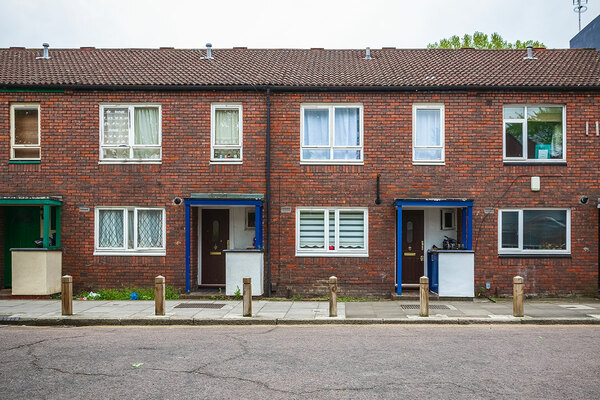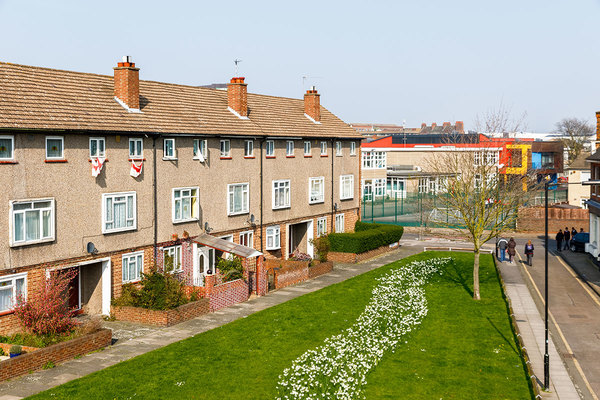You are viewing 1 of your 1 free articles
Right to Buy directly increases affordable housing supply, claims Pincher
The Right to Buy directly boosts affordable housing supply, housing minister Christopher Pincher has said amid multiple questionable claims made to a committee of MPs.
Appearing before the Housing, Communities and Local Government Select Committee this afternoon, the minister argued that the 120,000 council homes sold off through the policy “in recent years” have been replaced by 140,000 new builds.
Pressed by the committee, he admitted the 140,000 figure represents all affordable homes completed rather than just council homes for social rent.
But Mr Pincher maintained that the numbers represent “a one-for-one relationship” and that the Right to Buy “is increasing the housing stock”.
He added: “My point is that if we weren’t selling those homes to the people that wanted them, I think you would find that those homes that are built as a result of those sales would be much less likely to come forward in the speed that they have or in the numbers that they have.”
Mr Pincher was not able to provide figures for how much Right to Buy receipts have contributed to affordable housing delivery over the period he was referring to.
The Right to Buy allows council tenants to purchase their homes at discounts of up to £112,300, with councils only allowed to keep around a third of the money it receives from the sales.
Official government figures on Right to Buy replacements show that for 85,645 homes sold through the policy since discounts were hiked in 2012/13, only 28,090 replacements have been started or acquired.
It is not clear which statistics Mr Pincher was quoting, since the last 120,000 Right to Buy sales stretch back to 2006/07, over which period nearly 450,000 rented affordable homes across all tenures have been completed.
In March 2018, the government admitted for the first time that it was falling behind on the one-for-one replacement promise made when the policy was reinvigorated.
Councils have long argued that the Right to Buy in its current form impinges their ability to build new homes, while the majority of new affordable housing is funded through other mechanisms.
Asked about figures revealed by Inside Housing showing that 40% of homes sold through the Right to Buy are now owned by private landlords, Mr Pincher said: “It’s for individuals to decide how they dispose of the property which they have bought.”
Responding to a question about the government’s targets for building new social housing earlier in the session, the minister said: “We are going to build more affordable homes, as we have been for the last 10 years.
“And we’ve also built more homes for social rent, I think we’ve built something like 12,500 in the last period.
“If you look back to the period of the last government, the last nine years of the last government, we’ve built significantly more social rent homes than that government did.”
Official figures show that 237,658 homes for social rent were built between 2001/02 and 2009/10 under the last Labour government, compared to just 140,733 between 2010/11 and 2018/19 under the Conservatives.
Mr Pincher also said the government will not be specifying how many homes of each tenure it wants to see delivered through the new £12.8bn Affordable Homes Programme.
“I don’t think it’s right to put a number on the number of homes that need to be built of one tenure or another,” he said.
However, he appeared to suggested that an increase in the proportion built for social rent is unlikely, describing current levels of grant funding for individual units as “the right balance”.
Later, asked by committee chair Clive Betts if he agreed that if councils and housing associations are required to pay for cladding remediation works it will mean they will be able to invest less in building and maintaining other homes, he replied: “Well I don’t think it is, I think other ways can sensibly be found to remediate.”
Challenged by Mr Betts over what other ways the work can be funded, he said: “There may be warranties with the builders, there may be insurance that they have.”
Among residential buildings in the private sector with dangerous Aluminium Composite Material cladding, government figures show that only 23 of 208 have had warranty claims accepted.
Sign up for our daily newsletter
Already have an account? Click here to manage your newsletters












